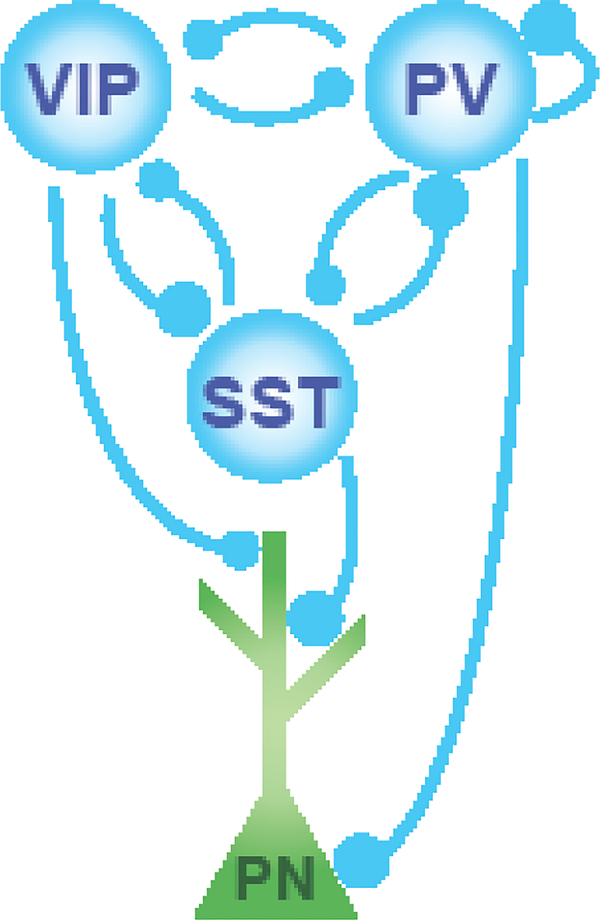Figure 2. Reciprocal connectivity between interneuron populations.
Three major subtypes of neocortical inhibitory interneurons are interconnected in a repeated motif of reciprocal inhibition. Relative strength of interactions is shown by the sizes of the circles denoting synaptic connectivity, largely based on current knowledge from in vitro electrophysiology in superficial layers of primary sensory cortex. These reciprocal interactions likely play a key role in the regulation of neural timing by inhibition. PV interneurons are unique in having both strong reciprocal synaptic connectivity with other interneurons and also robustly inhibiting other PV interneurons via chemical and electrical synapses. Strong PV-PV and PV-PN interactions promote fast oscillations and precise spike timing.

